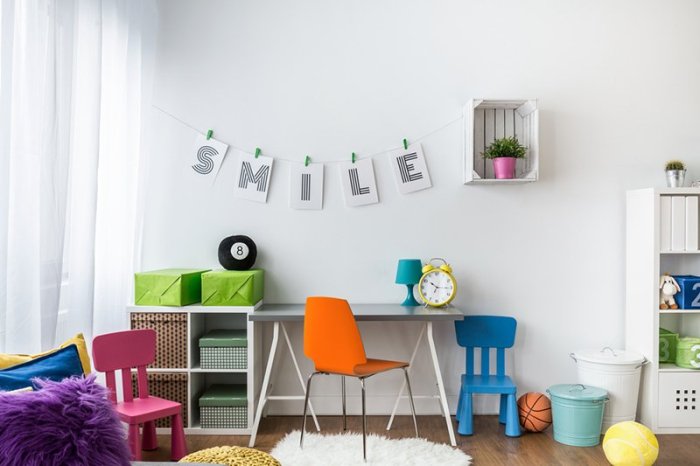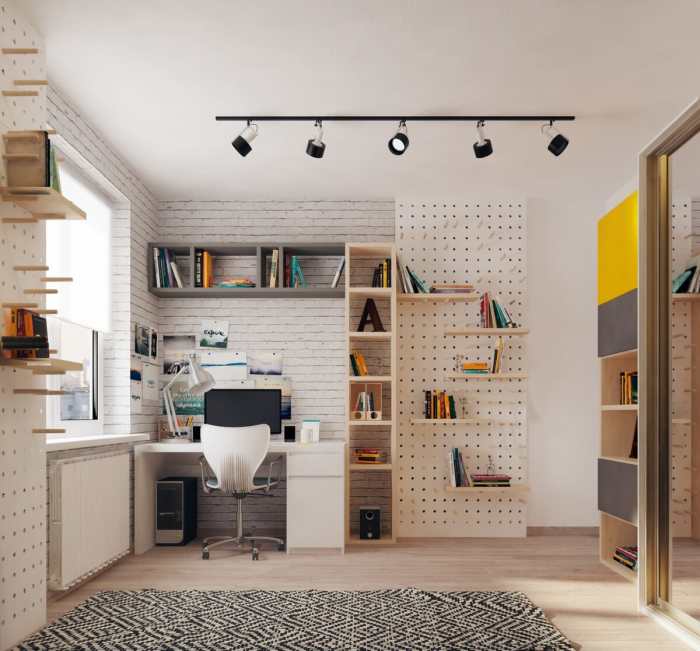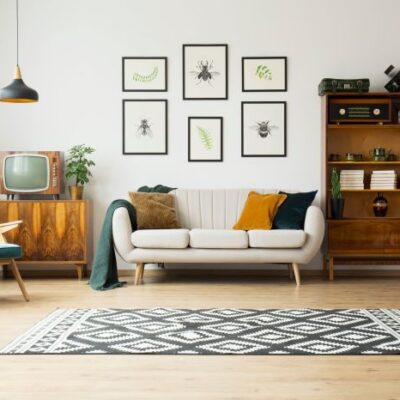How to Decorate Study Room with Waste Material Creative Ideas

How to decorate study room with waste material – Once upon a time, in a small town shrouded in mystery, there was a study room that had been abandoned for years. Dust covered the old books and papers, and the furniture lay in disarray. But little did anyone know, there was a secret hidden within this neglected room.As the sun set on a stormy night, a strange tingling sensation filled the air.
It was as if the room itself was alive, waiting for someone to discover its hidden secrets. Suddenly, a faint whisper echoed through the room, sending shivers down the spine of anyone who dared to listen.In the corner of the room, a pile of waste materials lay forgotten. Old newspapers, broken furniture, and scraps of fabric were strewn about haphazardly.
Imagine a cozy small cottage living room, filled with charm and character. To make the most of this intimate space, consider how to decorate a small cottage living room with clever tips like using light colors, multipurpose furniture, and strategic lighting. By incorporating these ideas, you can create a warm and inviting atmosphere that maximizes every inch of your precious living space.
But within this chaos, there was a glimmer of potential waiting to be unleashed.With a sense of curiosity and a hint of trepidation, a brave soul decided to take on the challenge of decorating the study room with these discarded materials. Little did they know, this decision would lead them on a journey of creativity and transformation.
The Mystery Unveiled: Decorating the Study Room with Waste Material: How To Decorate Study Room With Waste Material
When it comes to decorating a study room with waste material, the key lies in seeing the beauty in the unexpected. By repurposing old items and giving them new life, you can create a space that is both unique and sustainable. Here are some tips to help you unlock the potential of waste materials:
Tips for Decorating with Waste Material:

1. Embrace the Imperfections: Look for beauty in the imperfect and the unconventional. A chipped mug can become a charming pen holder, while a torn book can be transformed into a decorative accent.
2. Mix and Match: Don’t be afraid to mix different materials and textures. Combine metal, wood, fabric, and paper to create a visually interesting and dynamic space.
3. Think Outside the Box: Get creative with how you use waste materials. An old ladder can be repurposed as a bookshelf, while empty tin cans can become stylish desk organizers.
4. Play with Color: Use paint, fabric, or wallpaper to add color and personality to your recycled creations. Don’t be afraid to experiment with bold hues and patterns.
5. Stay Organized: Make sure to keep your study room clutter-free by using storage solutions made from waste materials. This will not only keep your space tidy but also add a unique touch to your decor.
When it comes to decorating a small cottage living room, maximizing space is key. Utilize light colors to create a sense of openness and add mirrors to reflect natural light. Opt for multi-functional furniture pieces and incorporate storage solutions. To learn more tips on how to decorate a small cottage living room, check out this helpful guide: how to decorate a small cottage living room.
What Do You Mean by Decorating with Waste Material?
Decorating with waste material means using discarded or unused items to create a functional and visually appealing space. Instead of throwing away old objects, you can repurpose them in creative ways to give them new life.
What Is Known About Decorating with Waste Material?, How to decorate study room with waste material
Decorating with waste material is a sustainable and eco-friendly way to add character to your study room. By reusing items that would otherwise end up in a landfill, you can reduce waste and make a positive impact on the environment.
Solution: How to Decorate Study Room with Waste Material
To decorate your study room with waste material, start by collecting items that you no longer use or need. Look for old furniture, newspapers, magazines, fabric scraps, and other materials that can be repurposed. Once you have gathered your materials, let your creativity guide you as you transform these discarded items into unique decor pieces.
Detail Information: Decorating Study Room with Waste Material
When decorating your study room with waste material, consider the following ideas:
– Use old newspapers and magazines to create a collage wall art piece.
– Repurpose wooden pallets to make a rustic desk or bookshelf.
– Turn glass jars into stylish storage containers for pens and pencils.
– Use fabric scraps to make colorful throw pillows or curtains.
By thinking outside the box and experimenting with different materials, you can create a study room that is not only visually appealing but also environmentally conscious.
Describe in Depth: Creative Ways to Decorate with Waste Material

There are countless creative ways to decorate your study room with waste material. Here are some in-depth ideas to inspire you:
– Upcycle old furniture by painting it in fun colors or adding decorative accents.
– Create a feature wall using reclaimed wood or metal scraps.
– Use old picture frames to display inspirational quotes or artwork.
– Make a statement light fixture using recycled materials like glass bottles or tin cans.
By thinking creatively and looking at waste materials in a new light, you can transform your study room into a space that is both stylish and sustainable.
Conclusion:
In conclusion, decorating a study room with waste material is a rewarding and environmentally friendly way to add personality to your space. By repurposing old items and embracing creativity, you can create a study room that is both functional and visually appealing. So, next time you come across a pile of waste materials, don’t see trash – see potential!
FAQs (Frequently Asked Questions):
1. Can I really decorate a study room with waste material?
Yes, absolutely! With a little creativity and imagination, you can transform discarded items into beautiful decor pieces.
2. Is decorating with waste material sustainable?
Yes, decorating with waste material is a sustainable practice that helps reduce waste and minimize your environmental impact.
3. How can I find inspiration for decorating with waste material?
You can find inspiration for decorating with waste material by browsing DIY blogs, upcycling websites, and social media platforms for creative ideas.
4. What are some common waste materials that can be used for decorating?
Common waste materials that can be used for decorating include old furniture, newspapers, magazines, fabric scraps, glass jars, and wooden pallets.
5. What are the benefits of decorating with waste material?
Decorating with waste material allows you to unleash your creativity, reduce waste, and create a unique and personalized space that reflects your values and style.


